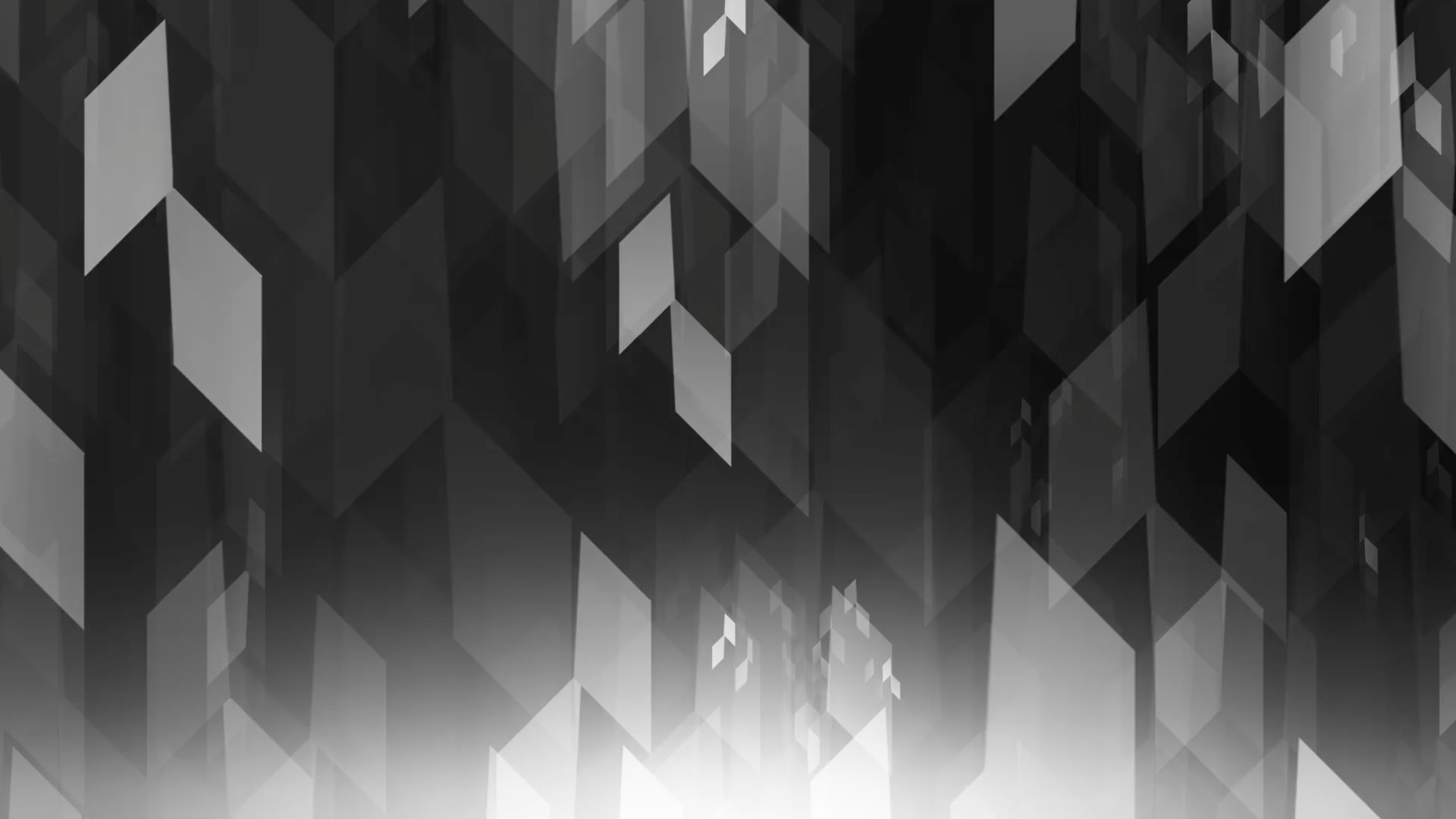
Technology has undoubtedly transformed our world – from lifelike AI to high-performance holographic – we’ve seen it all.
But there’s nothing more fantastical than the architecture industry itself. Architectural design is constant innovation, dreaming, and making into reality the vision for the future.
And when you combine these two powerhouse forces? You get intense technological advancements in architecture, which have the power to transform our reality into the extraordinary.
It is clear that architects today work wildly differently from architects of the past. The industry is evolving to introduce technology in architecture, which has transformed the way the industry works.
Want to learn more? Keep reading!
Technology and the Architecture Industry
To better understand the extent of the technological impact, let’s take a quick look at how things used to be. Architects have used mainly manual processes for their work.
Hand drafting, rendering, and sketching used to be the way of things. For example, plans, sections, and elevations were always manually created.
In addition, architects met their clients in person. Site visits and studies, too, were conducted in real-time. This could significantly slow down the design process.
Fast forward to 2021. Today, technology affects the start to finish of every project. From consultations to planning and drawing, architects use technology every single day.
Following are the main benefits of using tech in architecture:
Easy Communication
Architecture requires consistent and reliable communication. This takes the form of pitches, winning clients, and day-to-day communication with the team. For many firms, communication is a make or break.
Technology can be used for augmented reality house tours, seeing plans progress, or a 3D view of the completed home.
Reduce Costs
Every business owner wants to see the bottom line reduced. Using techs such as VR or 3D printing allows for overhead reductions.
This is because errors can be identified before construction. This makes the process convenient and cost-effective from start to finish.
Improved Collaboration
Technology has also improved collaboration opportunities. Advancements like BIM allow team members to be on the same page.
It also allows for cross-collaboration across disciplines. Engineers, designers, and builders alike can use it to maintain alignment. They are able to add team members, view changes, and manipulate scenarios to test the efficacy of a solution.
Architectural Applications
Let’s start with the basics. Architecture has aided the fundamentals of architecture – drawing. Apps like Revit, AutoCAD, and AutoCAD architecture make the drawing stage a breeze.
There are also apps for creativity. These can be accessed even on the phone! Apps help calculate distances, add furniture to an empty space, and create quick sketches.
BIM, or Building Information Modeling, is an essential part of architectural technology. It allows team members to collaborate through recorded changes, enhanced details, and time-saving benefits.
This allows architects to create solutions quickly.
Cloud-Based Services
This brings us to our next point. Everything is on the cloud now.
From heavy files to sketches, cloud-based servers allow everyone to access files more easily. This reduces dependence on internet bandwidth or other factors.
Architects have been able to gain independence while improving accessibility through the cloud.
Different Realities
A critical part of the profession is presenting ideas to clients. But clients are visual creatures. An explanation or presentation often isn’t enough to cut it.
That’s where virtual reality comes in. VR is a compelling way for firms to show off their ideas. Clients then get a ‘walk through’ of the space and a physical explanation of the design concept.
This engages them in the architecture project and convinces them of the efficacy of an idea better.
After all, pictures speak a thousand words, right?
Augmented reality is another exciting technological advancement. It allows architects to overlay plans, marketing, graphics over a 3D model.
Hybrid reality is the next opportunity. It merges natural environments with virtual ones. This allows for creating visualizations that take an existing space and a proposed space and place them together.
Clients can then see the full extent of an architectural transformation. It also allows them to interact with the experience in their own space.
Generative Design
Generative design is one of the latest trends in architecture.
It follows natural processes and designs for creative options. These patterns and inputs are then applied to forms of commutation.
This can create thousands of options for designers. Factors like materials, texture, color, manufacturing, and budget are built into the software.
Using these parameters, technology can create a generative design solution. This is done using different alternatives and offers potential solutions for architects.
Designers can then learn about the specifics of each design – what’s working, what isn’t, and other specifics. This iterative process goes to the heart of creative and innovative problem-solving. As such, it has become a viable solution for architects worldwide in the ideation process.
State of the Art Architecture Designed for Your Lifestyle
The architecture world is fast evolving. With technology advancing at a rapid pace, we have seen a massive change in the way we design things.
BIM, VR, 3D printing and more have improved architect job abilities too. This allows professionals to streamline communication and create immersive visual experiences.
The best part is, you can use the technological architecture industry to your advantage. At Budingen Architecture, we pride ourselves on using technology to transform the design process.
From custom home design to a 100% virtual experience, we offer a convenient and straightforward way to make your dream project a reality.
Click here to get started with a free consultation!


